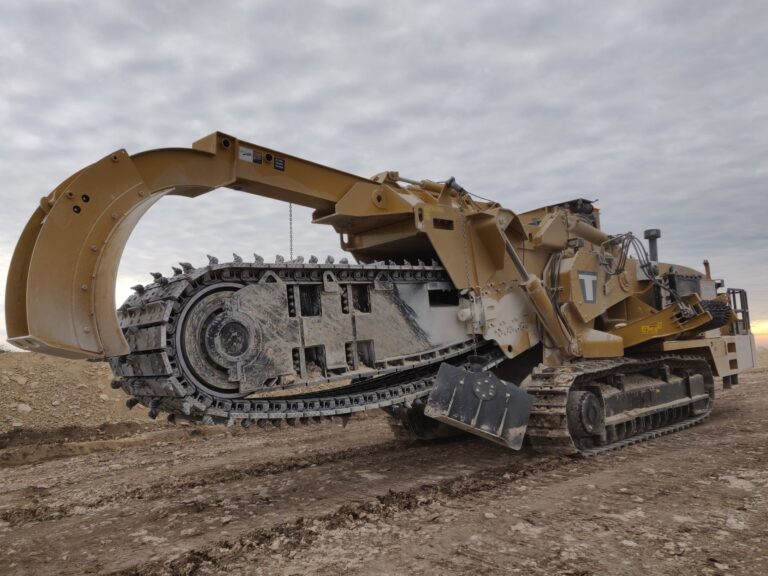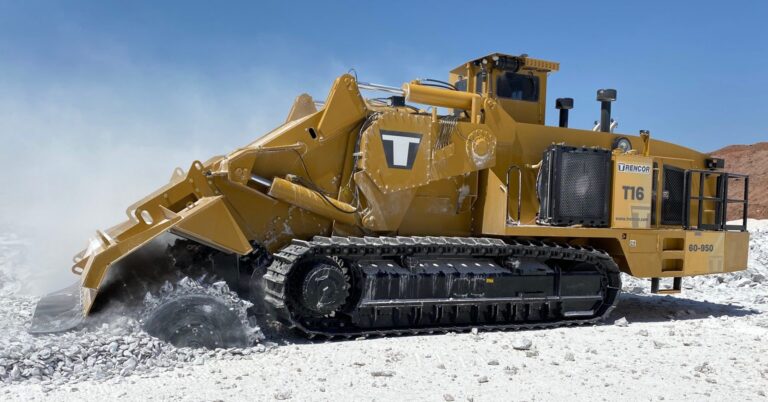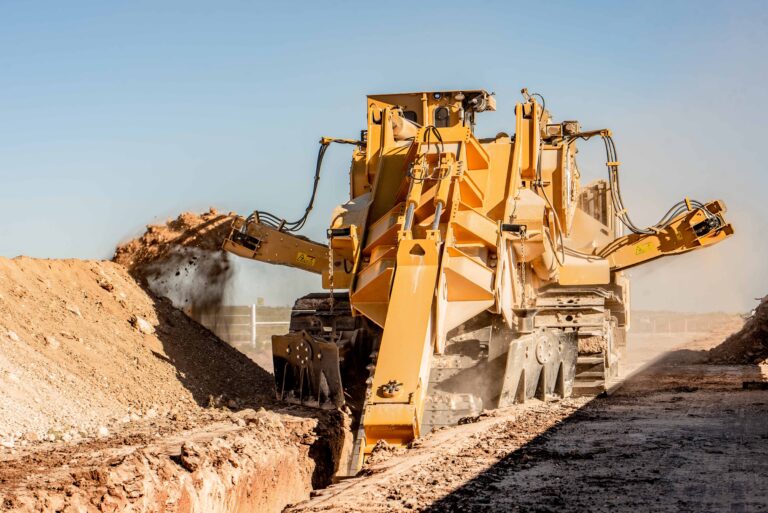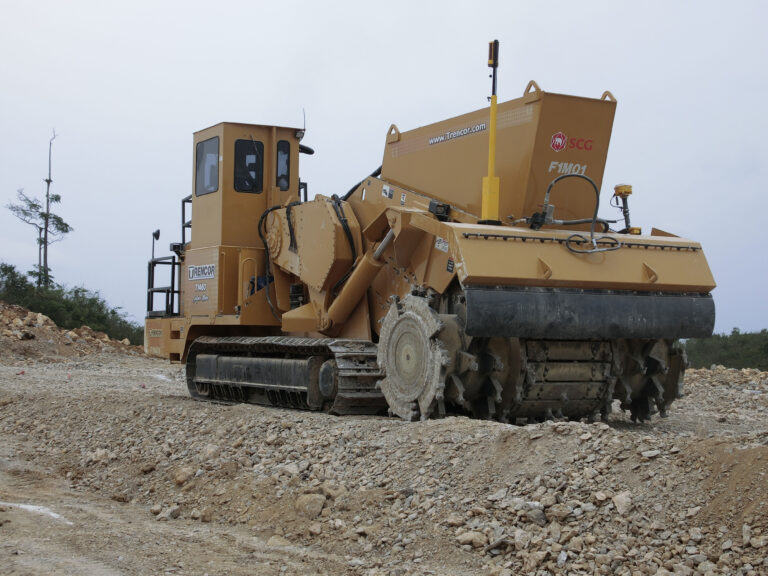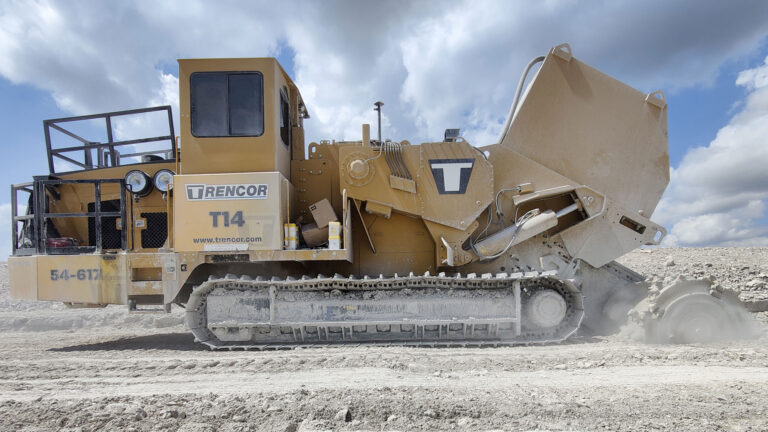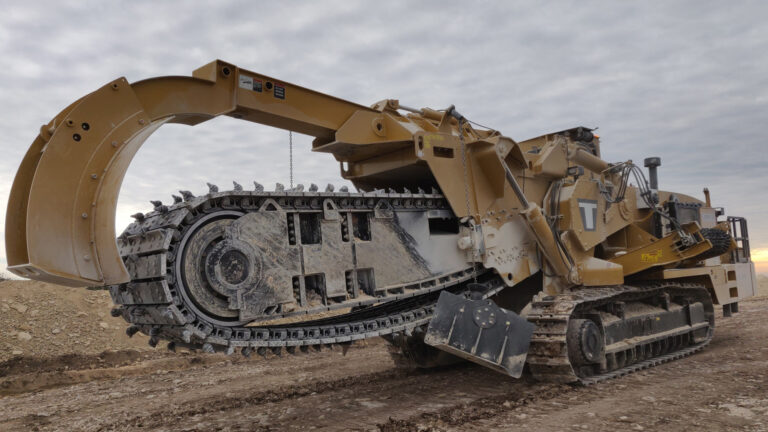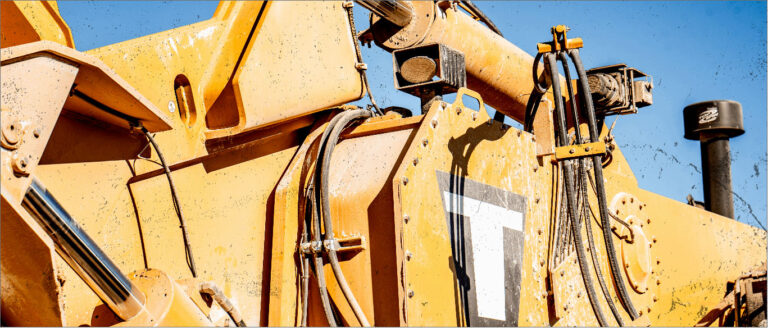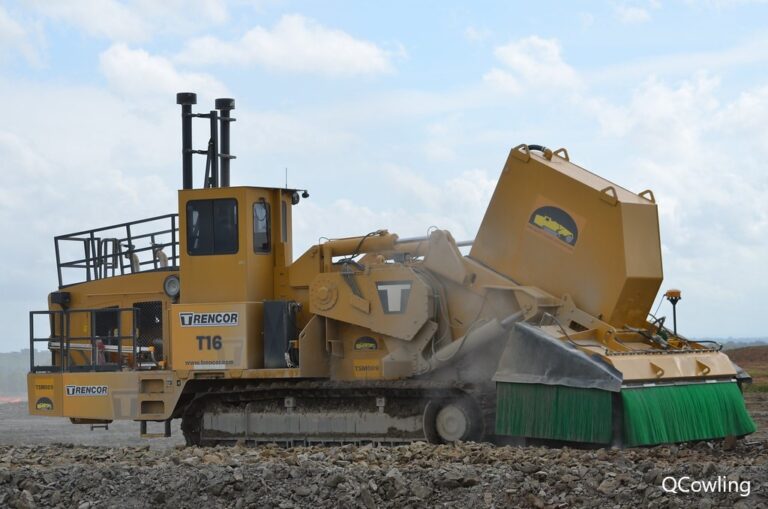By Seth Matthesen, Trencor Product Manager
New technology and operating methods can be difficult to embrace, especially for mining companies that have operated the same way for decades. A growing number of mining and cement companies, however, are embracing surface mining technology in their operations to extract minerals and ore. Not only can surface mining create safer jobsites, but they also offer efficiency and environmental benefits that conventional mining methods cannot.
As more companies roll surface miners out to jobsites around the world, it’s important that best practices for configuring, operating and maintaining the machines are put into play. Doing so can help keep the machines running at peak efficiency — and help crews create the most tonnage possible every day on a jobsite — as well as protect machine uptime. Here are three activities that are key to the success of every job:
Select the Best Machine For Surface Mining
Maximizing the productivity of surface miners begins long before the machines start pulverizing rock. One of the most critical things to do before any job is to scout the site. This can help operators better understand the ground conditions of the mining area, aiding in machine selection.
By taking core samples from multiple locations on the jobsite, crews can evaluate the rock to determine what machine and configuration is needed for the job, as well as the optimum cutting direction to optimize production.
Sampling the jobsite will help mining companies understand if they’ll need a larger, heavier and higher-horsepower surface miner or if a smaller, lighter and less-horsepower option that’s easier to transport can get the job done. But beyond size and power, companies should also consider the mechanics of their surface miner. For instance, some surface miners are hydraulically-powered or belt driven, and some are mechanically-powered and chain driven.
Hydraulics provide a reliable way to transmit power, but they’re less efficient because they involve compression of fluids and often experience pressure drops. A surface miner that builds up torque with a mechanical powertrain can deliver the higher torque that operators need to power through challenging ground conditions.
Finally, when considering which machine will be best for the job, companies should seek to understand what level of OEM support they’ll receive.
These are all important considerations for selecting the best surface miner for the job, especially for machines that will be operated in remote mines where swapping out their machine may not be an option.
Learn How to Efficiently Operate the Machine
Once a crew understands the demands of the job, setting up the machine for efficient operation is key to getting started. Surface miners have a wide range of drum and tooth configuration options depending on the ground conditions. Using the right configuration will ensure the machine works as efficiently as possible.
A solid, heavy-duty mining drum is ideal for dense, harder rock, while a raiser type drum used for increased fragmentation is better suited for softer and layered ore. Drums with raisers allow the teeth to stand off from the drum and can give the cut ore more room to pass through and be cleared out.
Several technologies like a fire-suppression system, raised engine air inlet system, wireless maintenance remote, fast-fill fuel kit and camera systems can be configured to the surface miner to help manage risks and maximize productivity.
When it comes to turning the machine on and operating, surface miners are all about managing speeds and feeds. The key is for operators to find the right balance between the speed at which they advance the machine’s ground drive and the speed at which they rotate the drum and crush rock to achieve optimal productivity. Go too slow, and the machine won’t be as productive as it could be. Go too fast, and the operator risks driving into rock too quickly and stalling the machine.
Increasingly intelligent machines and new technology can also help operators maximize productivity. A surface miner can use a load-control system, for instance, to always keep the engine under full load. The system monitors engine rpm and controls the track speed to keep the engine loaded at the optimal point of the power curve for maximum power output and performance.
Perform Routine Maintenance
Performing recommended maintenance routinely can help keep surface miners functioning at peak performance and reduce the risk of unplanned downtime. The first place to start is by reading the machine’s operator manual, so crews understand crucial information like general maintenance schedules for machine parts. Crews can then plan maintenance of those parts accordingly, whether it’s cleaning the radiator and oil cooler after every 50 hours of machine use or replacing the engine and transmission oil filters after every 500 hours of use.
Additionally, daily maintenance checks will help keep the machine in optimal working condition.
For example, crews should inspect a surface miner’s teeth regularly throughout the shift to help maintain machine efficiency and protect the integrity of the digging assembly. If the carbide tip on a tooth is cracked, fractured or missing, crews should immediately replace it with a new tooth.
Finally, mining companies should know how technology on their surface miners can ease and reduce maintenance. An automated greasing system, for instance, automatically brings grease to all machine points that require daily greasing. This can free up operators by eliminating the need for them to manually do this daily.
Telematics can also improve how companies maintain their surface miners. By accessing machine information through a web portal, companies can remotely monitor their machines, facilitate troubleshooting data processing and improve the management and productivity of machines across jobs.
Embrace the New
While new technology and methods can be a bit daunting to embrace, they can pay dividends in efficiency, safety and more. By following best practices for machine selection, set-up, use and maintenance, operators can make a smooth transition to using a surface miner in the new year.

